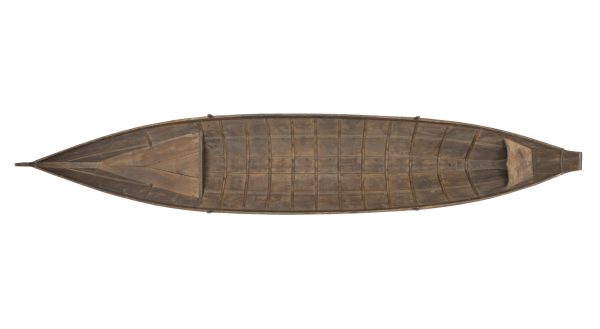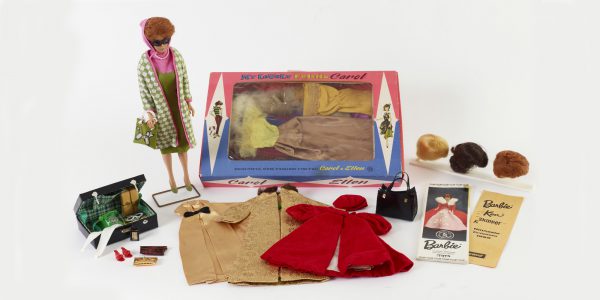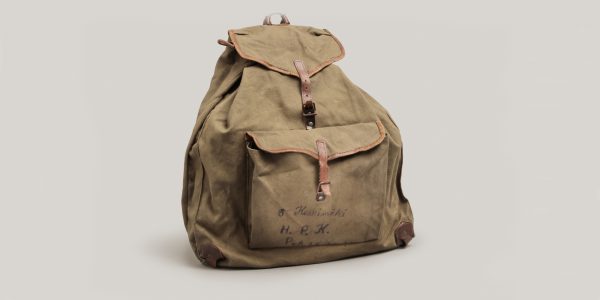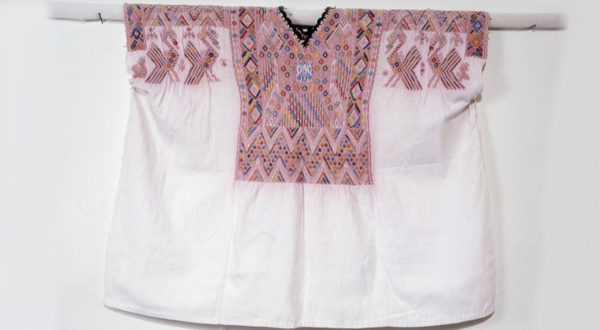Massive and graceful Rococo
Object of the month - June 2018
The Rococo style came about in France in the first part of the 18th century following the Late Baroque in fashion during the regency (regènce in French) of the Duke of Orléans. Rococo flourished a couple of decades during the first half of the reign of Louis XV, starting from 1723 when the king reached his majority. By mid-century, Rococo was already going out of fashion in France. In Sweden, Rococo was introduced in connection to the construction and decoration of the Royal Palace in Stockholm. The old Tre kronor palace was destroyed in a fire in 1697, and although the reconstruction started swiftly, the work was interrupted for long periods due to e.g. the Great Northern War in the beginning of the 18th century. Construction restarted in 1727–1728, and in 1739 Carl Gustaf Tessin, who had been in charge of the construction work since 1728, travelled to Paris to recruit French craftsmen and artists. Their task was to carry out the decoration and decorative work in the palace as well as to educate Swedish artists. The latest and most fashionable pieces of art and furniture were also acquired from Paris.
Commode en tombeau (a “tomb-like” commode) is a familiar and typical Rococo chest with its low lines and three drawers. The basic form with the typical three drawers was inherited from Late Baroque, with the sides of the chest becoming more curved gradually over time.
The chest in question was crafted in the 1740s. Typical to the Late Baroque period, it is still heavy in its appearance, but there are also hints of Rococo curves visible in its massive lines. The splendid handles are made in France, and the top is of Swedish marble from Kolmården. The commode is not signed, so there is no certainty as to who made it. If made in Stockholm, the dimensions would suggest a local cabinetmaker Olof Martin, but there is no way to know for sure.
Although not emphasised with metal strips embedded between the drawers as in some chests of the period, the horizontal lines of the drawers are prominent. The walnut veneer covering the chest forms a diamond-shaped pattern. The symmetrical keyhole plates are more reminiscent of Late Baroque than Rococo, and the same can be said of the large flower-shaped handle fittings. Some fittings are missing from the left front corner and the centre of the bottom edge.
The chest was acquired in 1882 from a farm-owner called Hjellberg in the village of Västervik in Mustasaari, near the city of Vaasa. Councillor of State Eliel Aspelin-Haapkylä, who bequeathed it to the National Museum, has owned the chest-of-drawers. Eliel Aspelin was one of the most important initiators of the Finnish National Museum in the beginning of the 19th century, with the Nationalmuseum in Stockholm, combining visual arts to arts and crafts (design) in its collections, providing a good example for a national museum. However, with the opening of the Atheneum Art Museum in Helsinki in 1887, the idea of copying the concept of the Nationalmuseum in Stockholm became purposeless. Therefore, the State Historical Museum of Finland founded in 1893 was a purely historical and cultural-historical museum. A collector of art and antiques, Eliel Aspelin bequeathed a part of his collection to the new Finnish National Museum, and the Aspelin collection is now one of the cornerstones of the museum’s historical collections.
A commode of the similar type can be seen in a watercolour by the Swedish artist Olof Fridsberg, dated to 1757–1764. Fridsberg painted aquarelles as illustrations to the stories told by Carl Gustaf Tessin to his family as a pastime, using motifs from the Tessins’ manor home in Åkerö. Fridsberg’s illustration to a story called Two clocks includes a Rococo chest of the exact same model with identical fittings and handles. Tessin’s chest of drawers (privately owned even today) differs from the one in the museum in that it has metal strips around the edges of the drawers and two extra fittings in the centre of the bottom drawer. There are two very similar chests in the Royal Palace in Stockholm, and one in the Museum of Applied Arts in Vienna. The State Hermitage Museum in St. Petersburg also has a commode almost identical in style, dimensions and fittings. Of these, the latter two are said to be of French origin – could it be that a Parisian commode acquired for a palace in Stockholm later found its way to the Vaasa region and subsequently to Eliel Aspelin’s collection?
Jouni Kuurne











